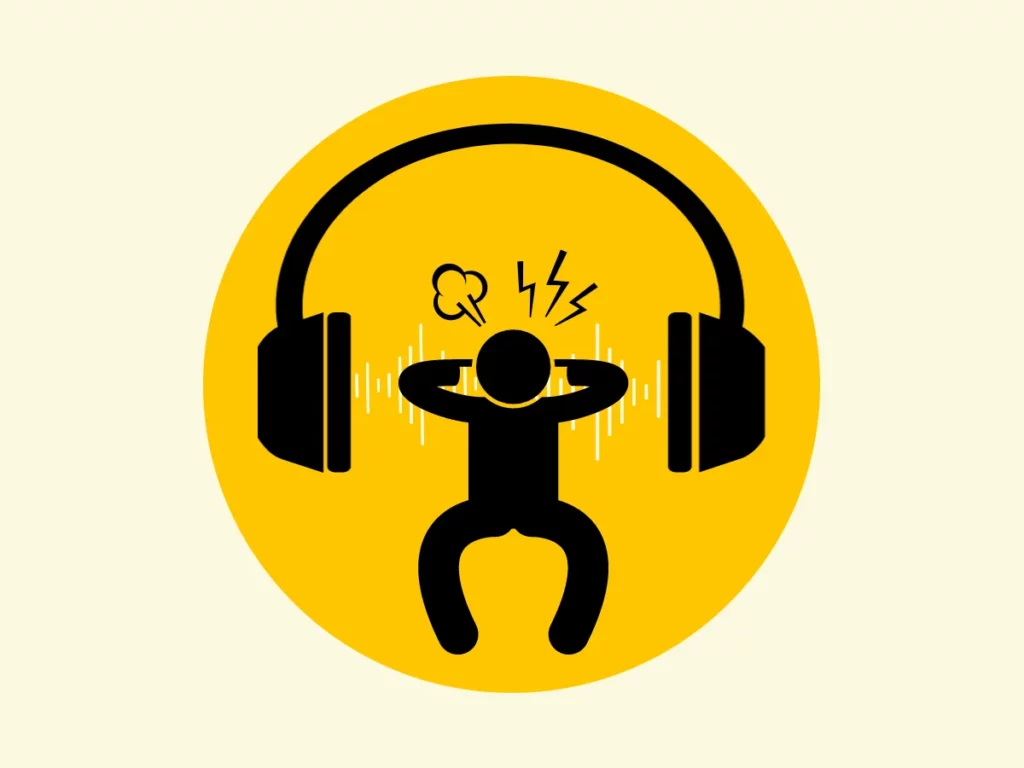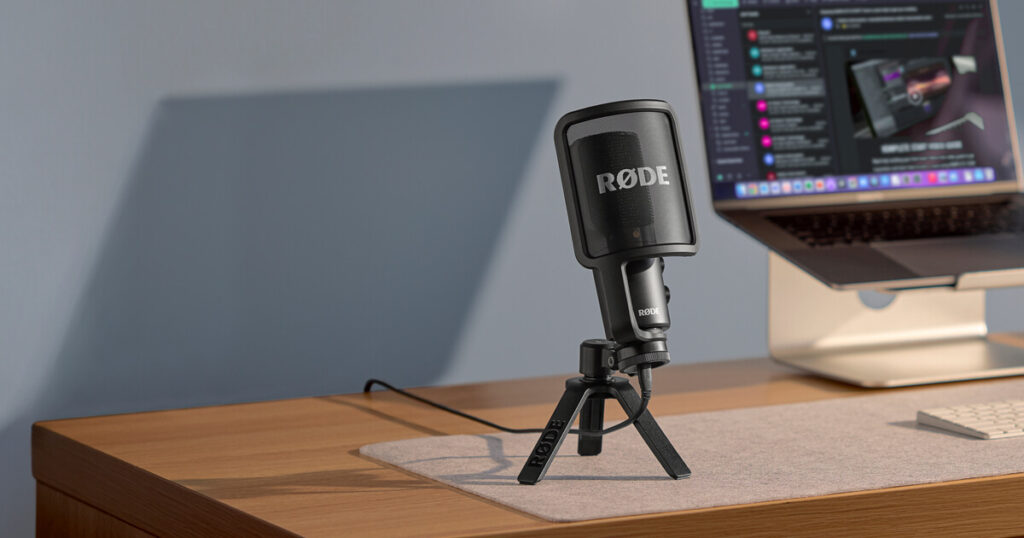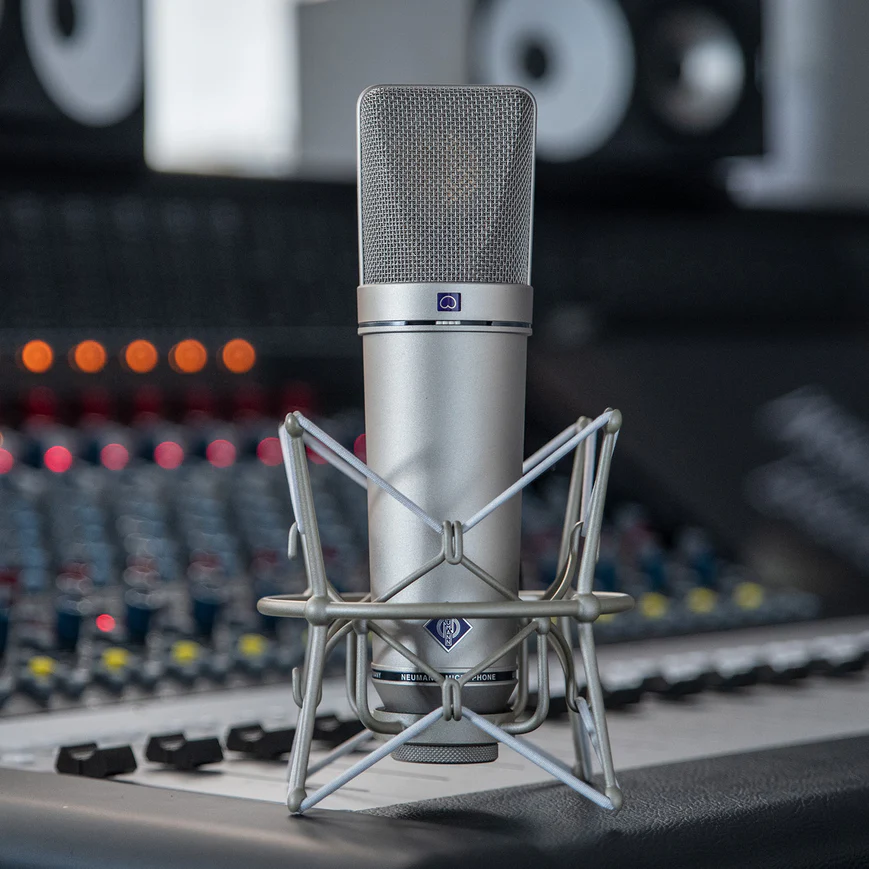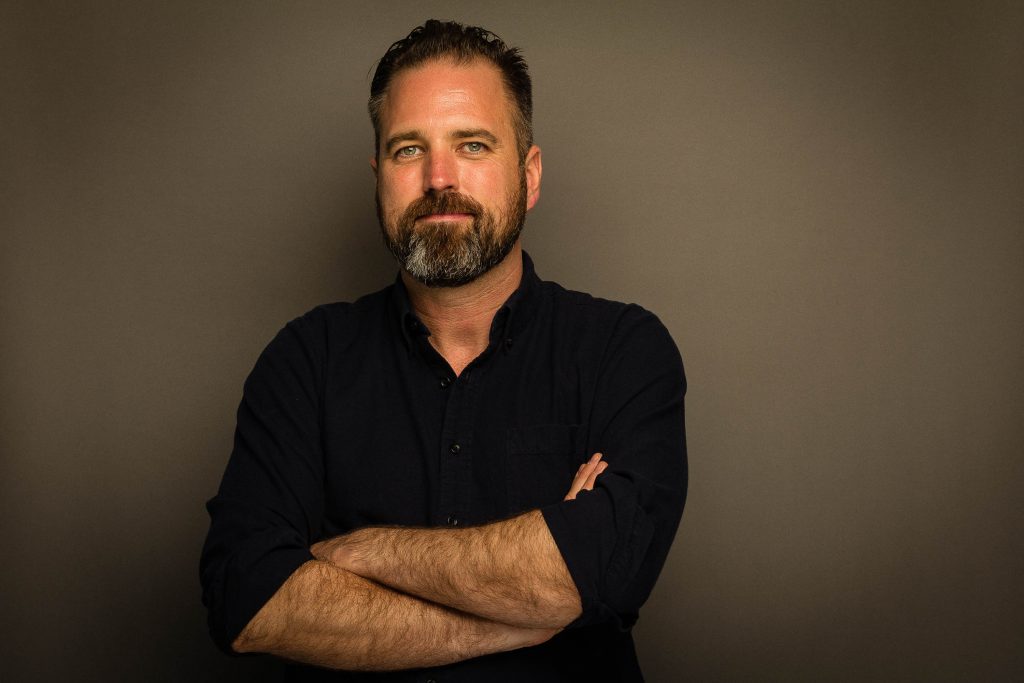Do I need to spend a lot on a microphone to become a voice actor?
The short answer is no, you don’t need to spend a a fortune on a microphone to become a voice actor. A budget of around $250 dollars is enough to purchase a microphone that will allow you to record professional sounding voiceover.
In time you’ll want to upgrade to achieve broadcast-quality recordings but for now, let’s get you set up so you can start recording.
Table of Contents
- What is the most important piece of equipment a voice actor needs to buy?
- The 3 options voice actors have when buying a mic
- Conclusion
What is the most important piece of equipment a voice actor needs to buy?
A microphone is arguably the most important piece of equipment a voice actor needs to purchase, since it’s the tool that captures your voice and delivers it to your audience. But buyer, beware! Just because a mic on Amazon has the word “professional” in its description, does not mean it actually is a professional mic.
Basically, there are three options for voice actors when it comes to choosing a microphone:
- Save money and buy a cheap mic
- Spend a bit more for an entry-level mic
- Invest in a professional-grade microphone
Each choice has its pros and cons, so let’s look at them in more detail….
The 3 options voice actors have when buying a mic
Option 1: Save money and buy a cheap microphone

Some aspiring voice actors opt to save money and purchase a cheap mic. Sure it’ll get you up and running, but this option isn’t recommended because the quality of the recordings will be unusable. Why? Low-quality/cheap microphones will almost definitely have a lot of self-noise, some inherent distortion, and poor clarity – making it impossible to produce good, clear broadcast-quality audio, which is what you’ll need if you plan on actually booking work.
Option 2: Spend around $250 for an entry-level mic

The second option for voice actors is to invest in an entry-level microphone. This choice is ideal for beginners who want to build their skills and practice their craft without breaking the bank. The Rode NT-USB is an excellent example of an entry-level microphone that’s affordable and delivers good quality sound.
The Rode NT-USB has a cardioid polar pattern, which means it picks up sound from the front of the microphone and rejects sounds from the sides and back. This makes it great for voice-over work, because it minimizes background noise. It’s usually sold as a package and comes with a pop shield to reduce plosive sounds (like Ps and Ts), which is a common problem in voice-over work.
Option 3: Buy a professional-grade microphone

The third option for voice actors is to invest in a professional-grade microphone. This option is suitable for experienced voice actors and it’s crucial if you want to produce broadcast-quality audio. Professional microphones like the Neumann U 87 and the Sennheiser MKH416 are the industry standard for voice-over work. They do cost several thousand dollars each, but they’re built to last and deliver superior sound quality.
The Neumann U 87 is a large-diaphragm condenser microphone that delivers a warm, rich sound. The Sennheiser MKH416 is a dynamic microphone that has a flat, wide-range frequency response and excellent bass roll-off. It’s a popular choice for voice-over work and podcasting.
Conclusion
The answer is, no – you don’t need to spend a lot on a microphone to become a voice actor.
But if you want to take your voice-over game to the next level and start booking national TV commercials, it might be time to invest in a professional-grade microphone, some voice coaching and a strong voiceover demo.

James Dooley is the owner of Dooley Media Works, a voiceover recording and video production company. When he’s not being the “friendly, yet authoritative” voice of brands like KAYAK, Dove Soap and Honey Nut Cheerios, he provides voiceover coaching and professional voiceover demo production for aspiring voice actors looking to succeed in the business.
You might be interested in: